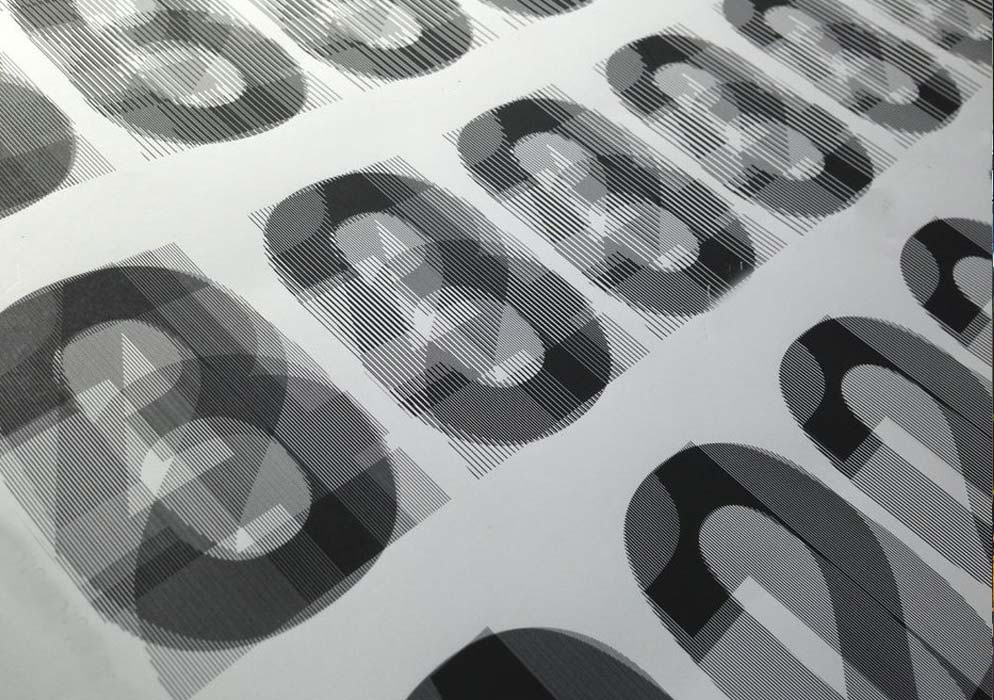If you’ve been out to a busy shopping mall or city street recently, you’ve likely been exposed to lenticular printing and advertising. Lenticular printing is the eye-catching printing process where multiple images can be displayed on the printing medium, which change their appearance as you change the angle of the image. Large format lenticular printing allows your message to change as the customer walks past your poster or billboard. It brings an entirely new dimension to advertising and marketing, with multiple quotes and messaging available on one print. It’s popular with product packaging, labels, posters and flyers.
The lenticular printing process involves cutting the images (2 or more) in to thin strips which are then placed one-by-one in alternate order along the printing surface. This is referred to as interlacing the image. Once the image is interlaced, a plastic layer of transparent hemi-sphericle lenses is placed on top. These lenses are known as lenticles and they change the angle of light passing through them to the image, which allows for a different image to be displayed depending on the angle it’s viewed from. You are likely familiar with these from ‘hologram’ cards which change the appearance of the character in them as you tilt it up and down.
Lenticular printing changes the game in print. It’s versatile, engaging and the skies the limit on execution. Printing Brooklyn have a deep understanding of the needs and expectations of advanced advertising campaigns using lenticular. We offer a wide range of lenticular printing products as well as completely customized designs. Talk to one of our expert team today about your next campaign.
What is Lenticular or 3D printing?
“Lenticular” means “lens related.” In addition, “lenses” are plastic lenses that give the impression of a dimensional print. Lenticular 3D-graphic is the process of adding depth or motion to the print marketing display by placing “lenses” above a 2D print. It allows the eye to look through alternate sections of multiple images simultaneously.
The Technology
Lens technology is becoming increasingly popular. Although it has been around for some time, the number of images that can be on a map has increased significantly. The first lens technologies could only have two or three images, but the new technologies may contain enough images to simulate video. In addition, no special equipment is needed, and lens printing can be adapted to many types of installations and applications.
How Lenticular Printing Works
The two main components of lens effects are flat printed images and a lens. The lens is made of extruded transparent plastic lenses (“ribs”) that work vertically – from 40 lines per inch to 150 lines per inch. Depending on the angle of view and the way you look at the product, the lentils only show parts of an interlaced image at a time, allowing the images to transmit depth and movement. An image consists of two or more interlaced graphic elements.
Images must be prepared in a certain way to achieve the desired result. With the help of the program, the designer cuts the images into strips and “links” them into a repetitive pattern. The width of the stripes in which the designer cuts them is determined by the lens used, as well as the resolution of the printing device.
How many 3d printing images can you have?
Nothing says that the lens should only turn back and forth between two images: some of them have up to 20 different images or “frames”. (as they are sometimes called, using shooting language). You can have half a dozen different images designed to point in several different directions, so the poster slowly and subtly changes its message as it goes by! You can also use lenses to create amazing 3D images that look like holograms.




